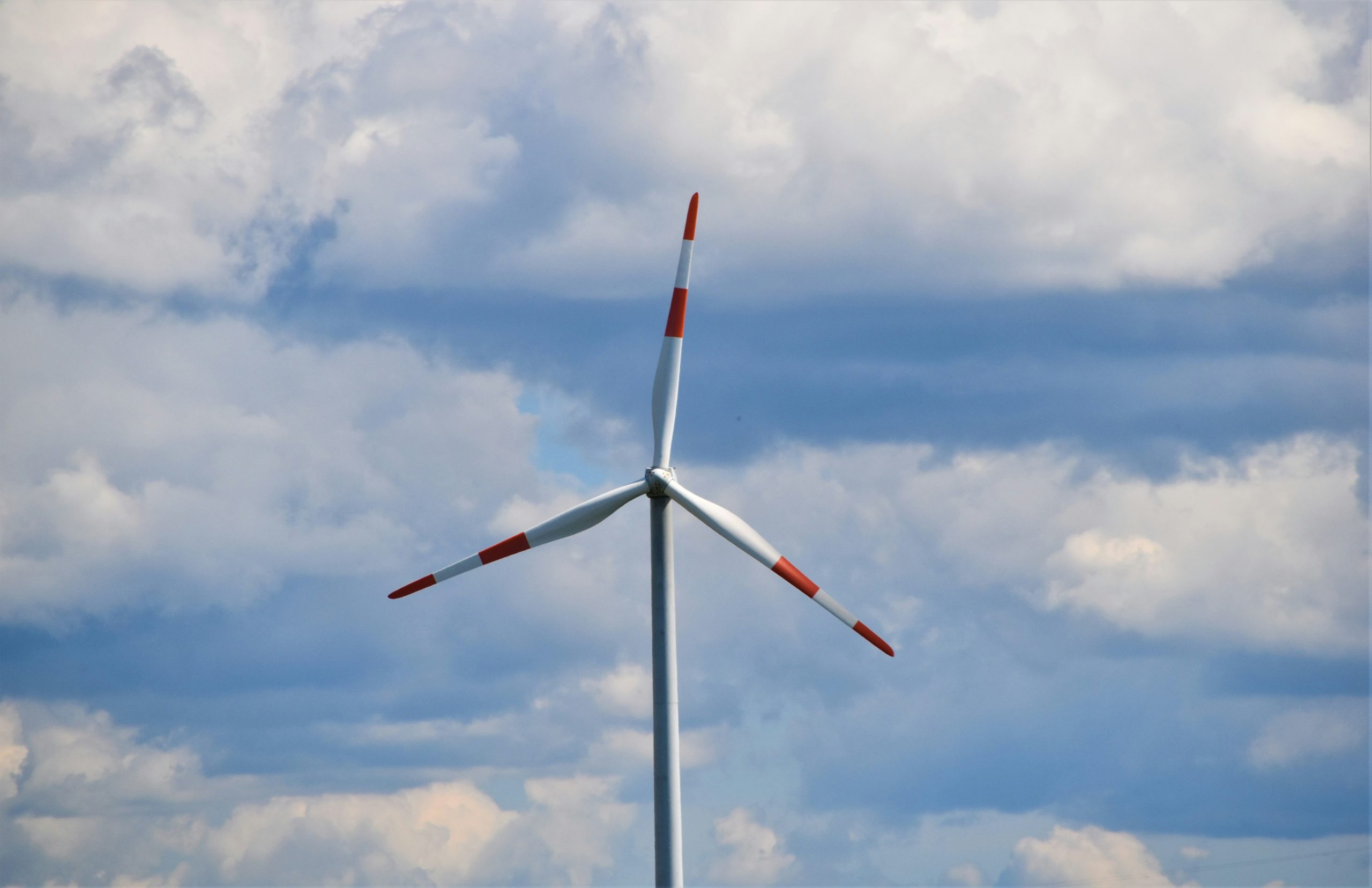The war in Ukraine, sparked by Russia’s invasion of the country, raises critical infrastructure protection issues. There is a growing number of wind farms in their inventory. The aggressor in the form of Russia also has influence in the Baltic Sea region. The growth of distributed energy sources increases the need for investment in systems protecting against cyber and physical attacks.
The growing energy critical infrastructure raises new challenges for the security sector and institutions involved in the broader national defense. A particular challenge is the development of offshore RES installations, like wind turbines. As offshore wind development accelerates, there will be several interdependent challenges to maintaining wind turbines safety and resilience, as well as related “value chains.”
The rapid pace of technological change will require the adoption of efficient and robust mechanisms for maintaining security at all levels throughout the enterprise and its value supply chain. Collaboration will be essential to avoid security vulnerabilities.
Continued investment in maintaining and updating security systems, both physical and cyber, will be necessary. To stay ahead of emerging threats, security and resilience will need to be at the heart of the development and selection of operational technologies that work with energy infrastructure.
The defense and security ministries of the countries concerned are actively involved in consultations on individual offshore wind projects as well as state and national strategies. In Sweden and Finland, for example, the high risk of offshore wind farms affecting the operation of military infrastructure has been vociferously raised. In other countries, there are concerns from the military services that the farms being built will also limit the territories where military exercises can take place.
The various concerns of the military services seem legitimate, as it is their priority to defend societies and countries. In the era of developing offshore wind energy, which is expected to have a significant share in the energy mix, how to defend the infrastructure in case of potential conflicts? Recall that attacks on critical infrastructure no longer have to be physical – with the advent of virtual life came cyber threats. Our questions were answered by, among others, NATO in July 2021. The Alliance stressed in response that the Baltic Sea borders six NATO countries and two close partners and is of significant strategic importance to the Alliance. In the Baltic Sea, the location of wind turbines is routinely included in navigation during NATO maritime operations
















